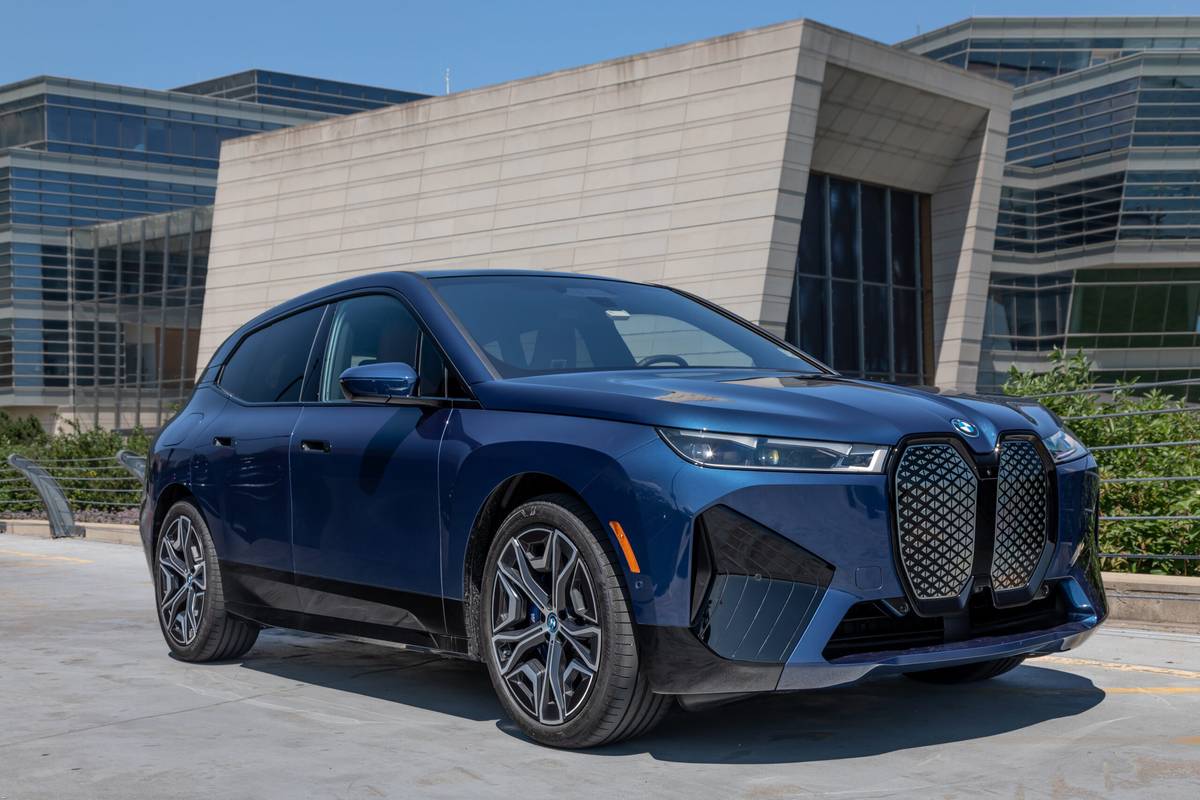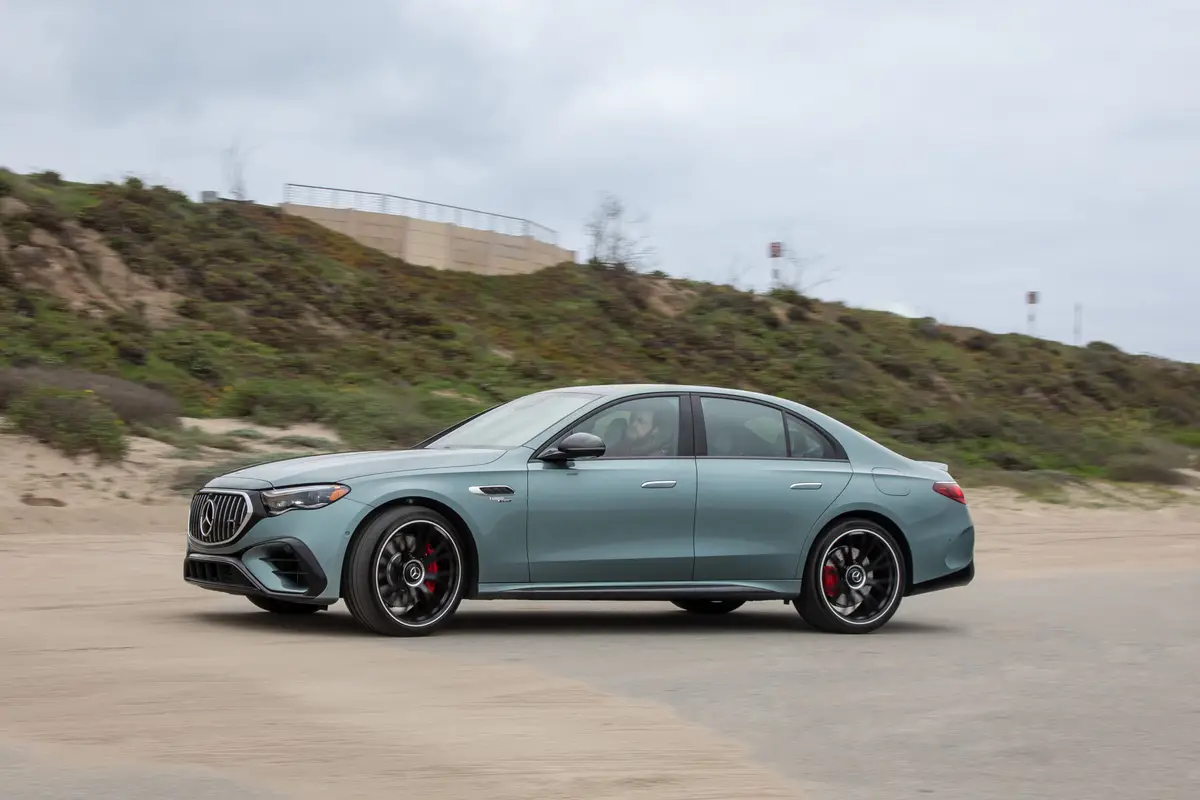Boston.com's view
The questions became predictable after people noticed (and it was hard to miss) today’s test truck, a 2011 Ford F-350 Super Duty crew cab.
- Does it use a lot of fuel?
- Is it hard to get in and out of the cab?
- Where do you park it?
Meanwhile, my question was much simpler. Namely, why doesn’t a test vehicle such as this come along when we have to haul something big, like cubic yards of crushed stone for the driveway or furniture when one of the kids is moving? The most we had to test its 11,500-pound GVWR (gross vehicle weight rating) was some heavy luggage and Thanksgiving leftovers, which frankly could have fit in the rear seat.
Experience shows the best way to park large vehicles in my driveway is to back in, then make a 90-degree turn in reverse into the longest of the three parking spots. If you do it correctly, you can accomplish this in one pass. Of course, with a 20.6-foot behemoth of a vehicle, you can bollix things and wind up doing a lot of back-and-forth adjusting.
A built-in rear-view camera and audio alert help you keep from backing into — or over — things like hedges, fences, and other cars. However, the width is something that takes equal attention. The F-350’s body is a manageable 79.9 inches wide, except that figure isn’t true because it doesn’t account for the side mirrors which are: 1. heated; 2. have a convex blind spot section; and 3. can be extended at the push of a button. The width then becomes 104.9 inches (or 110 if you’ve got them fully extended). It can make passing oncoming traffic on a narrow road an adventure.
This is a vehicle that also requires a big climb into the cab and learning to use the sturdy running boards and grab handles on the A-pillar is a must. Once in, though, you realize this is a serious work truck.
Turn the key and the 6.7-liter turbodiesel clatters to life. This engine produces 400 horsepower and 800 lb.-ft. of torque, enough to tow most anything, including campers, big boats, and heavy trailers.
The big news in the F-350 lineup this year is the new pair of engines. If you don’t need the diesel, there’s a 6.2-liter gasoline engine that produces 385 horsepower and 405 lb.-ft. of torque. Handling all that power with either engine is an all-new six-speed automatic transmission that offers a power take off (PTO) that can be used to run auxiliary equipment including plowing and salt-spreading, or mixers, dumpers, lifts, or tow bars. The transmission also has an enhanced Tow Haul mode that integrates engine exhaust braking, a manual shift mode, or a range select that limits the number of gears to be used.
The F-350 is available with the above two engines, three cab sizes (regular, SuperCab, and Crew Cab), two bed lengths, and four trim levels (XL, XLT, Lariat, and King Ranch Edition). Our test truck was an XLT with the turbodiesel, crew cab, and 156-inch wheelbase. MSRP was $40,450 with a $975 destination charge.
But the list of options filled a page, starting with the diesel ($7,835); all-terrain LT275/65/R20 tires ($1,985) and 3.55:1 electric locking axle ($390). Other useful options included the chrome 5-inch tubular running boards, electronic shift on the fly, steering wheel controls (audio & cruise), the rear-view camera and reverse aid sensor, tailgate step, and spray-in bedliner. Total it all up and you come out with a bottom line of $56,390, likely a lot less than the value of the boat, camper, racing, or construction trailer you’ll be towing.
Inside the optional cloth seats were comfortable for long rides and bumpy roads. Driving empty, even over bumpy roads, produced an acceptable ride. The interior has what Ford calls a flow-through console (two HVAC ducts ride below it to the rear seating area). The console itself has a huge storage pit that can accommodate hanging folders or be configured with the provided trays to accommodate desk supplies and electronics. The back seat has plenty of legroom and can fit three good-sized adults. Still, there’s a bit of Bob-the-Builder look to the interior with old-school hard plastics and vinyl materials.
So … about that fuel mileage. The onboard computer kept telling us the truck was getting 18-plus miles per gallon. Doing it the old-school way (dividing miles driven by gallons used), we came out with 15.2, a decent figure for this size vehicle, though a number that obviously would drop noticeably when you’ve got something in tow.
Latest news



